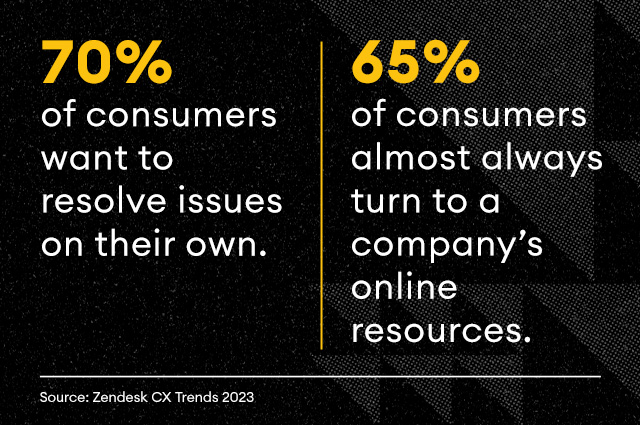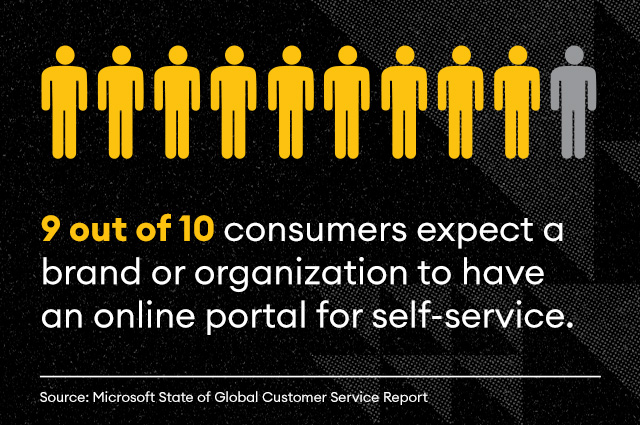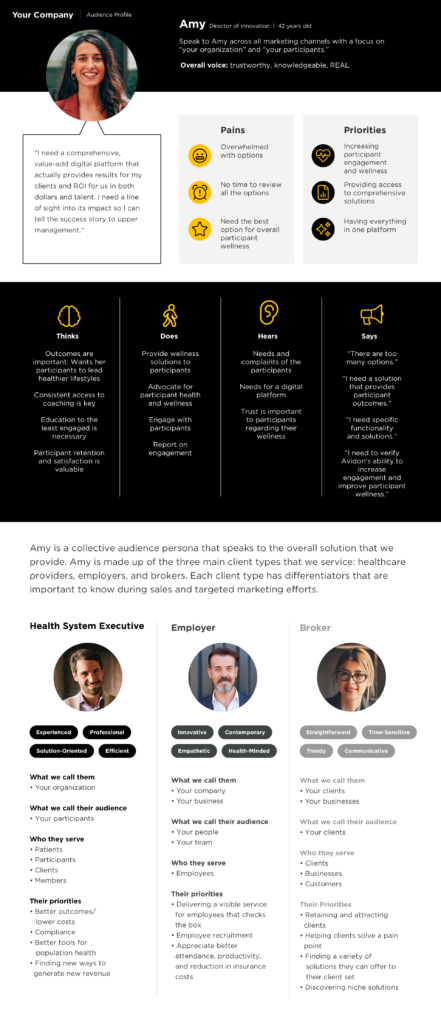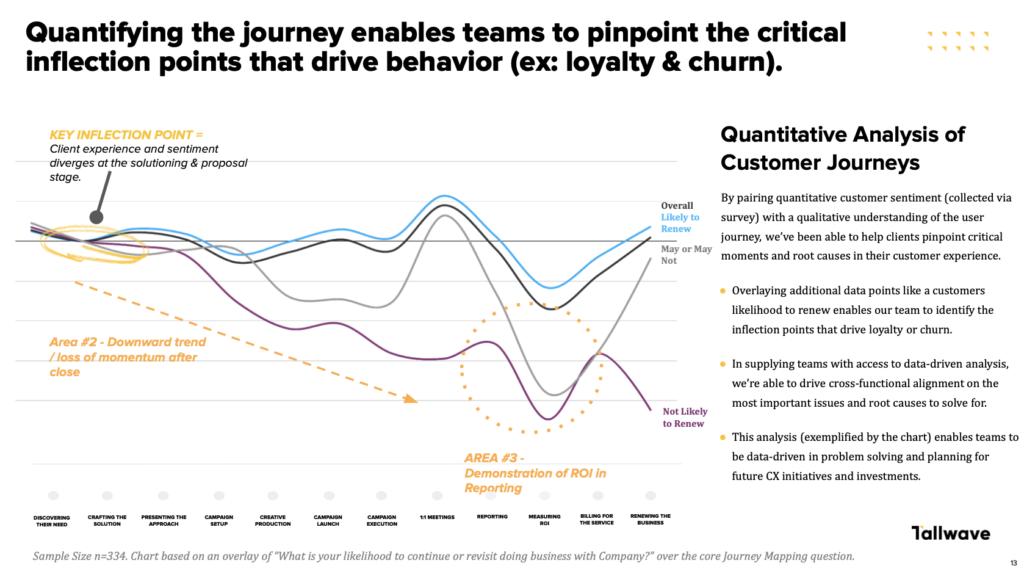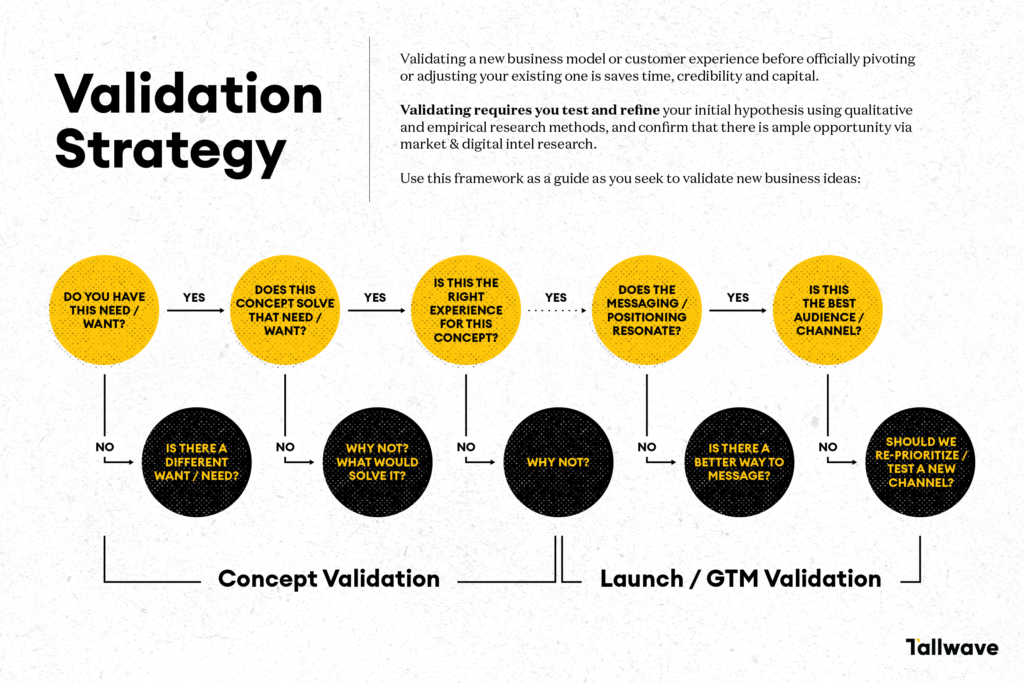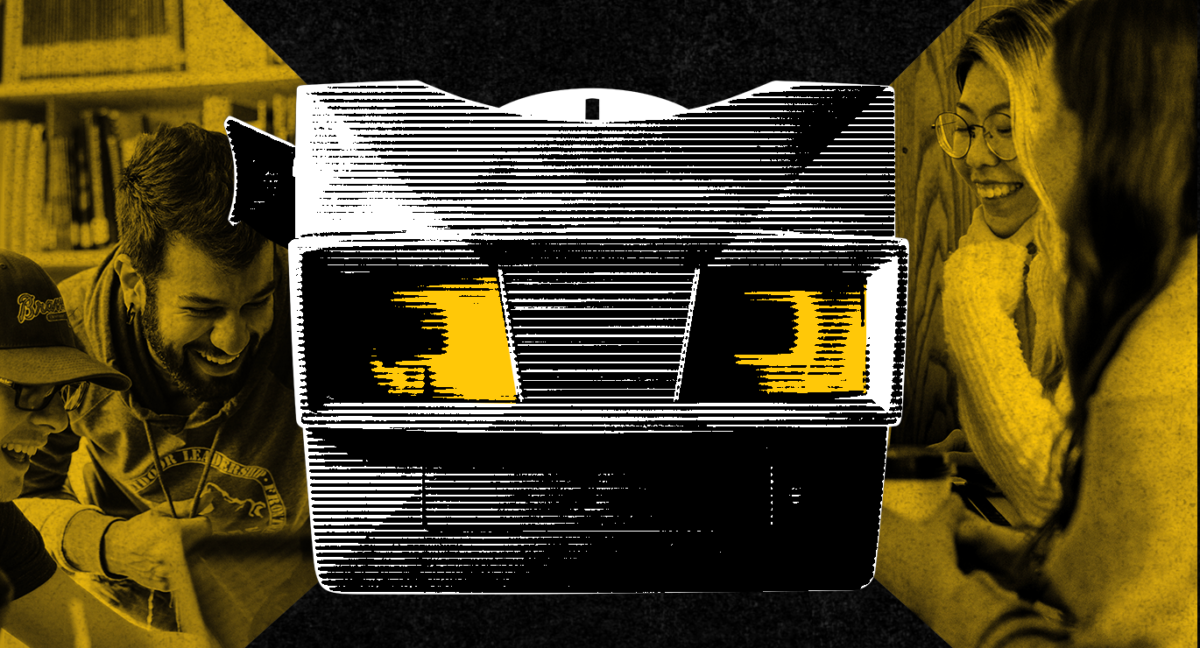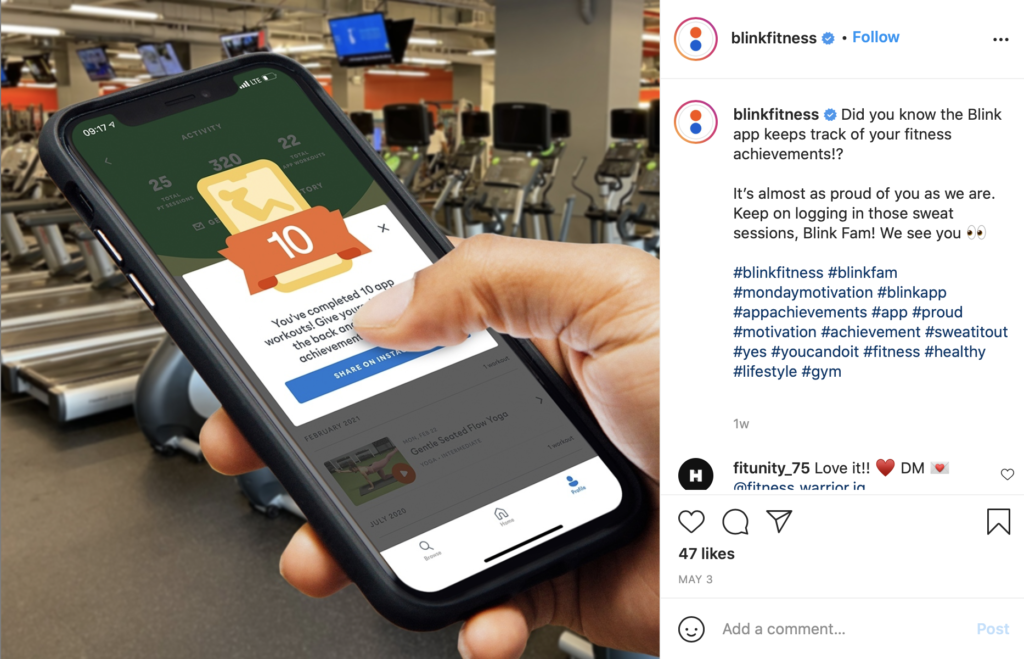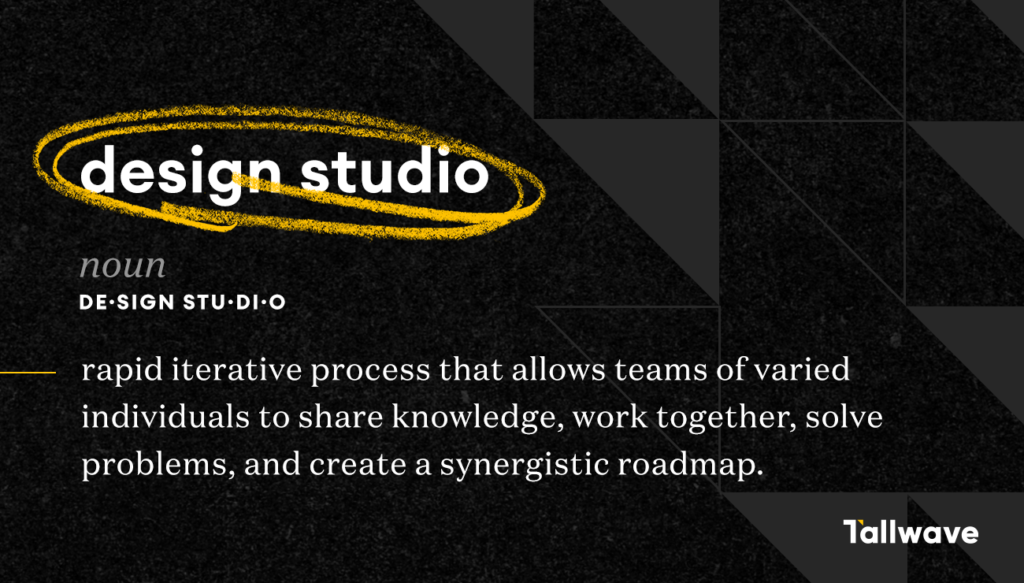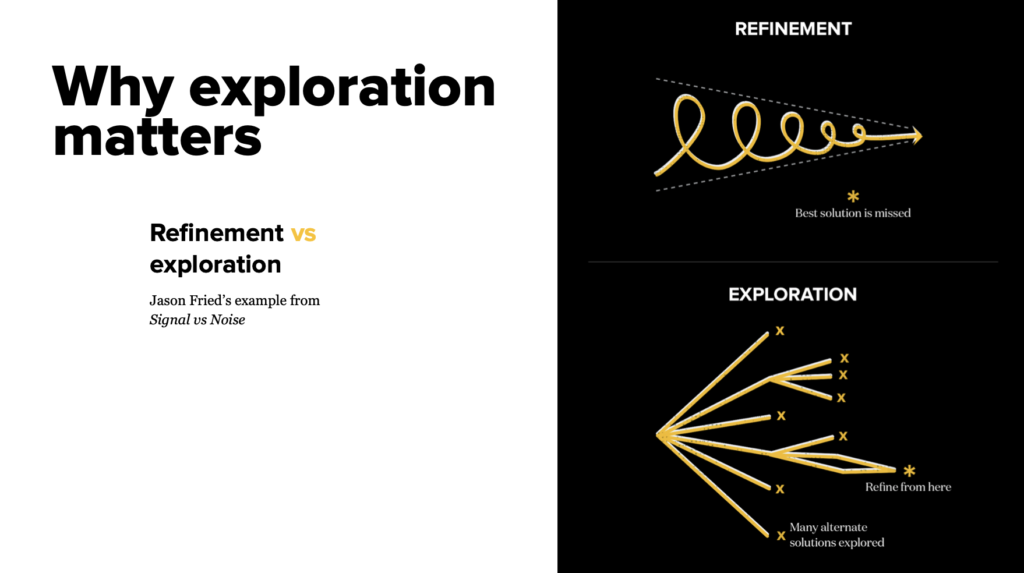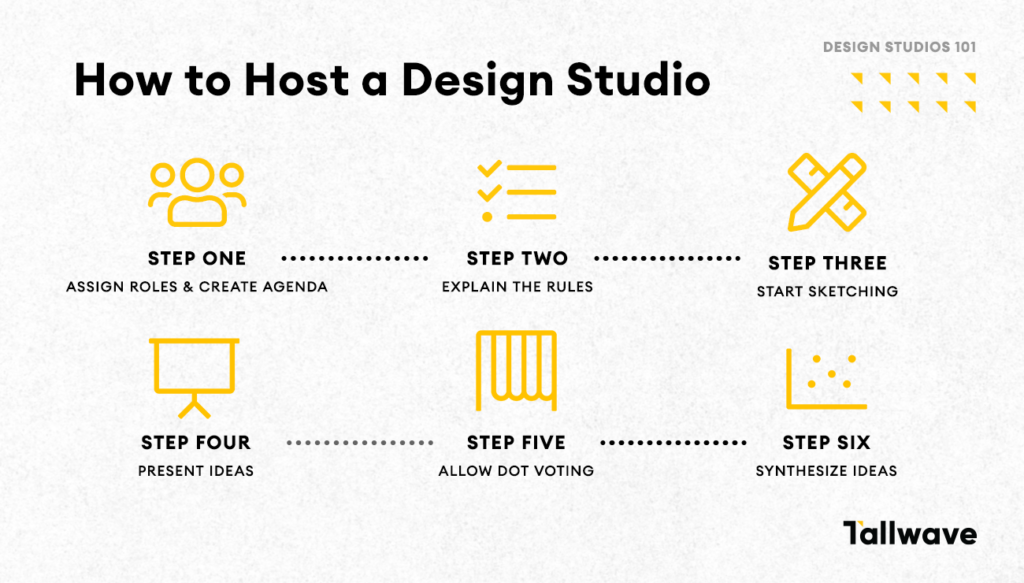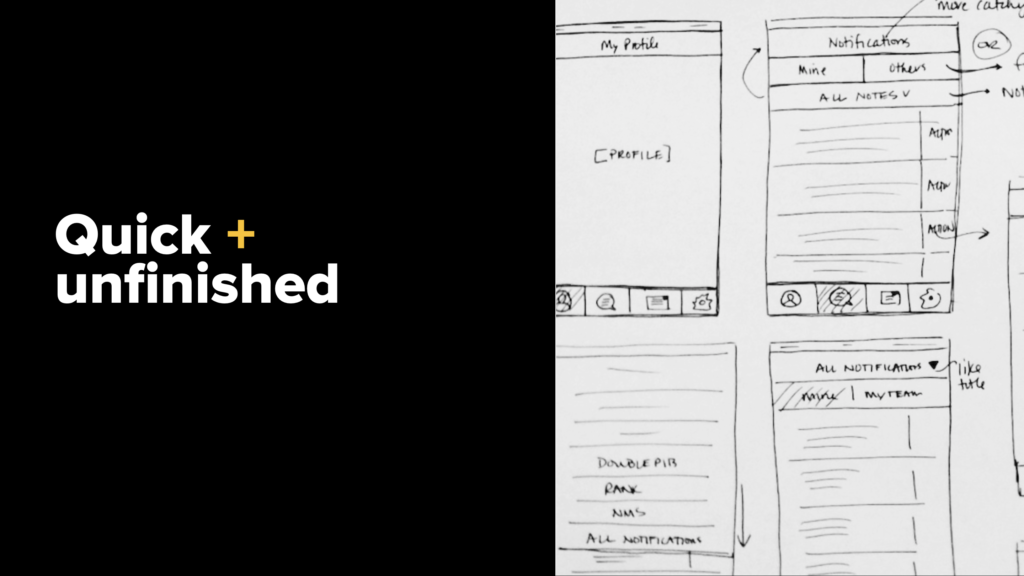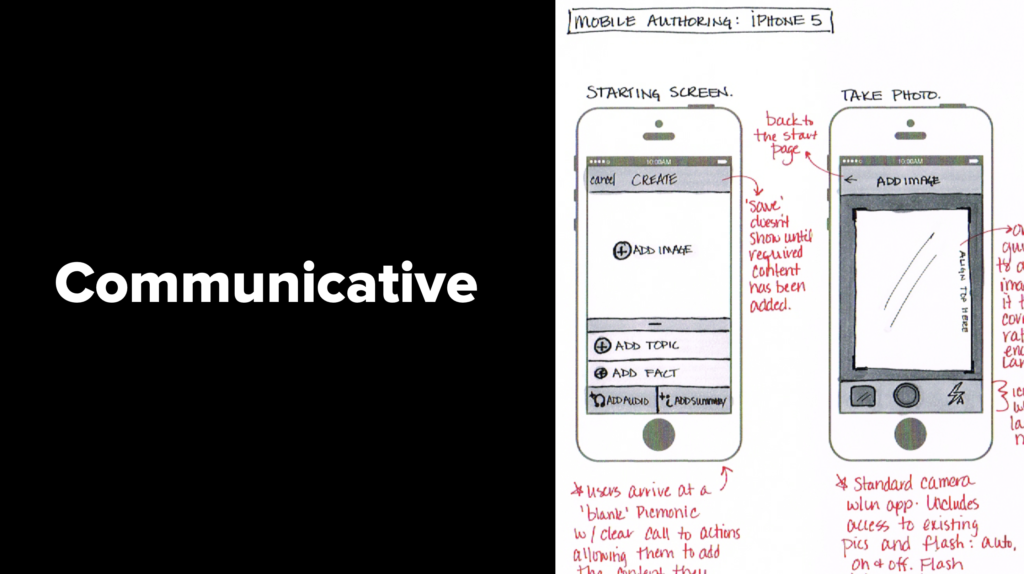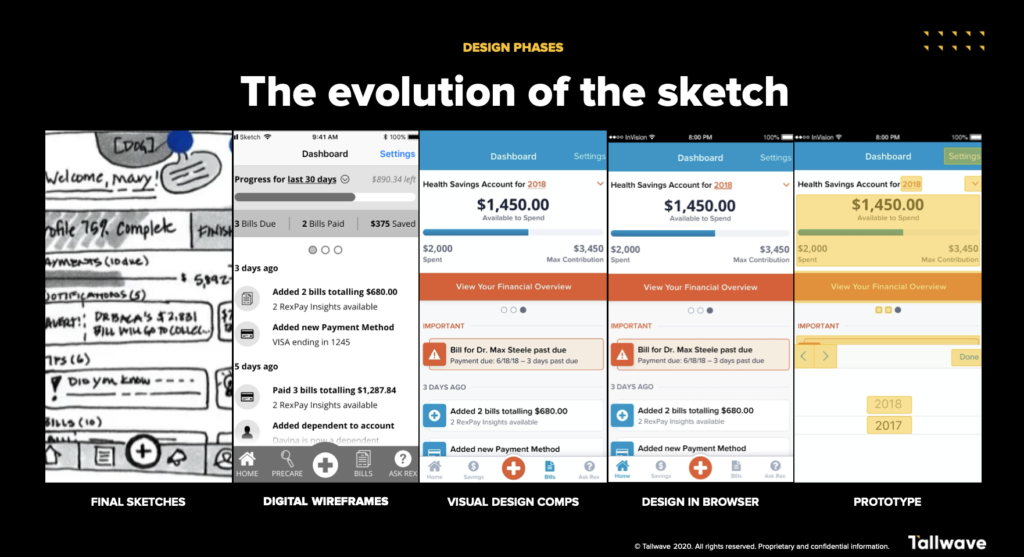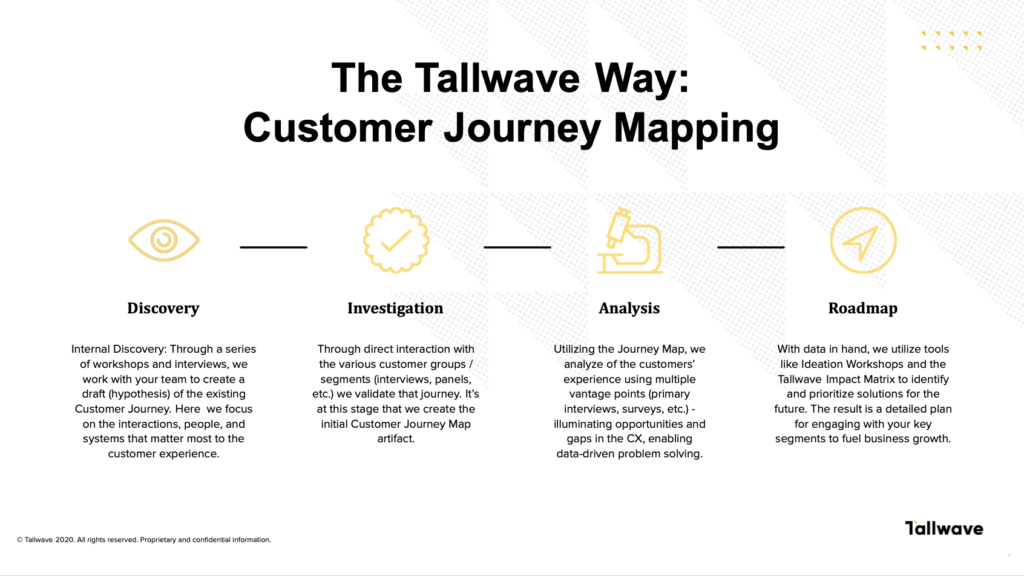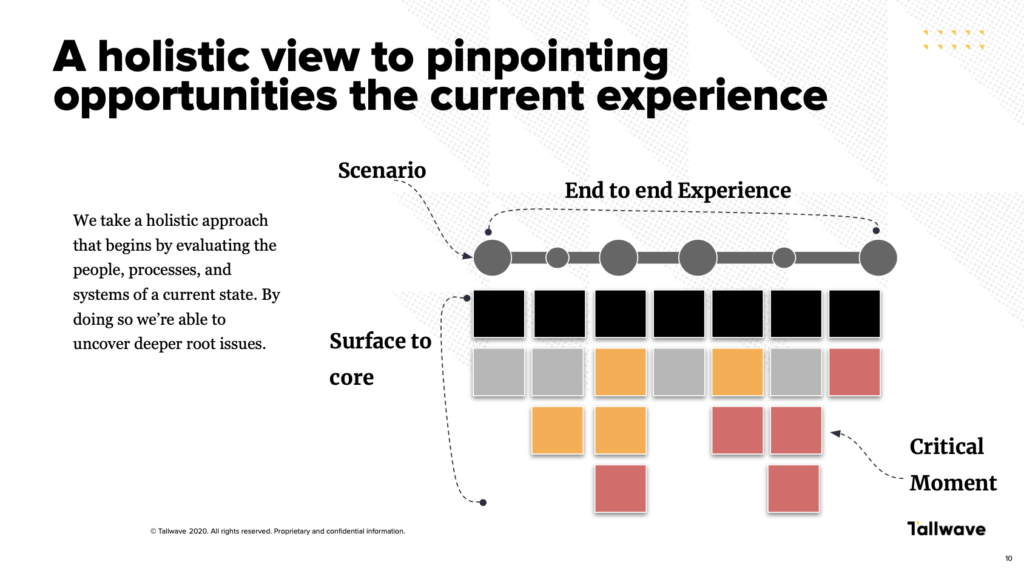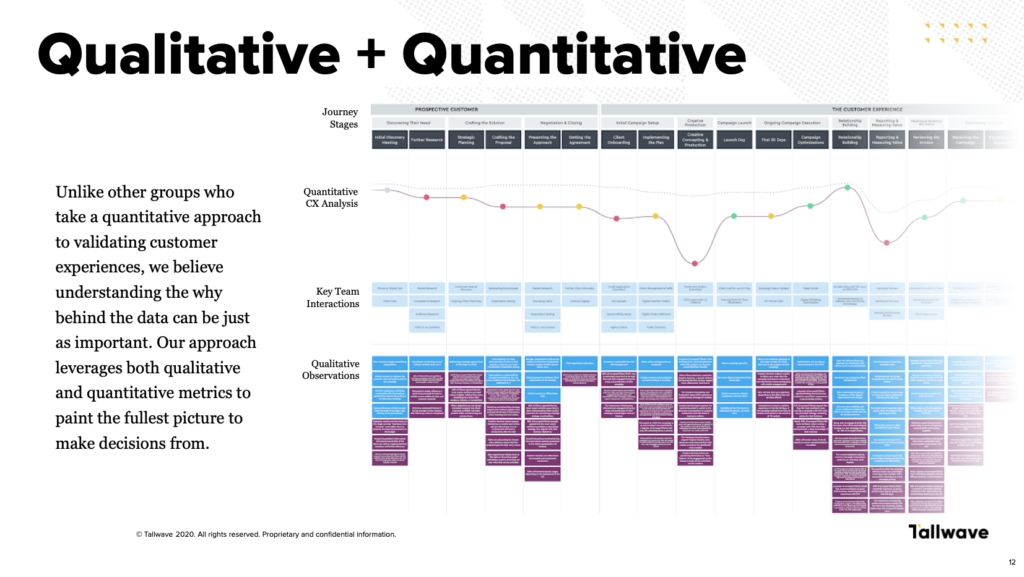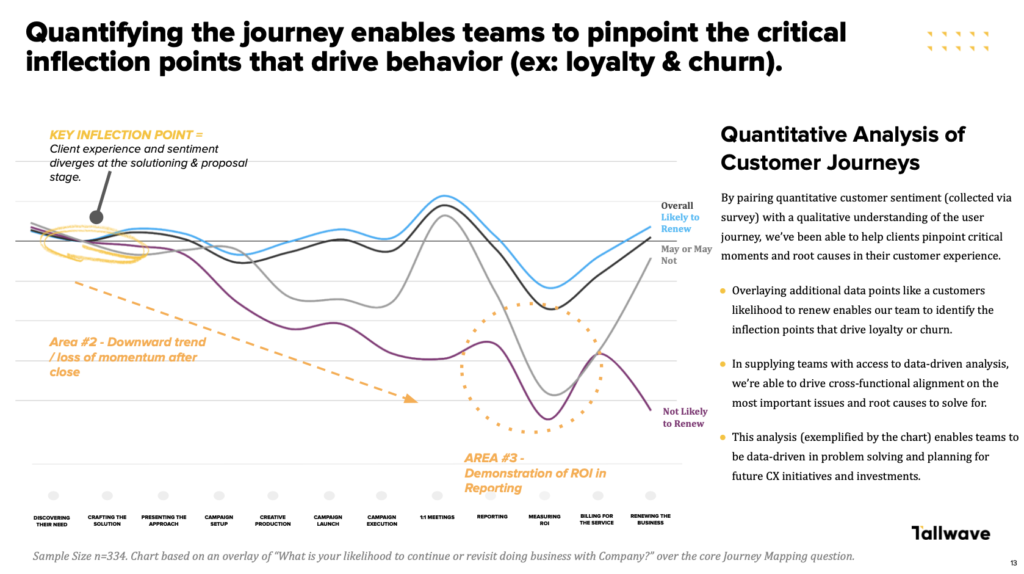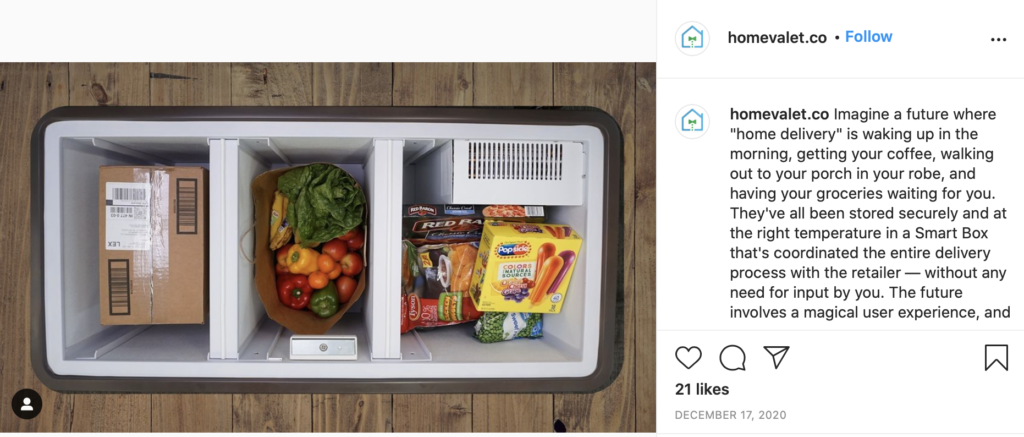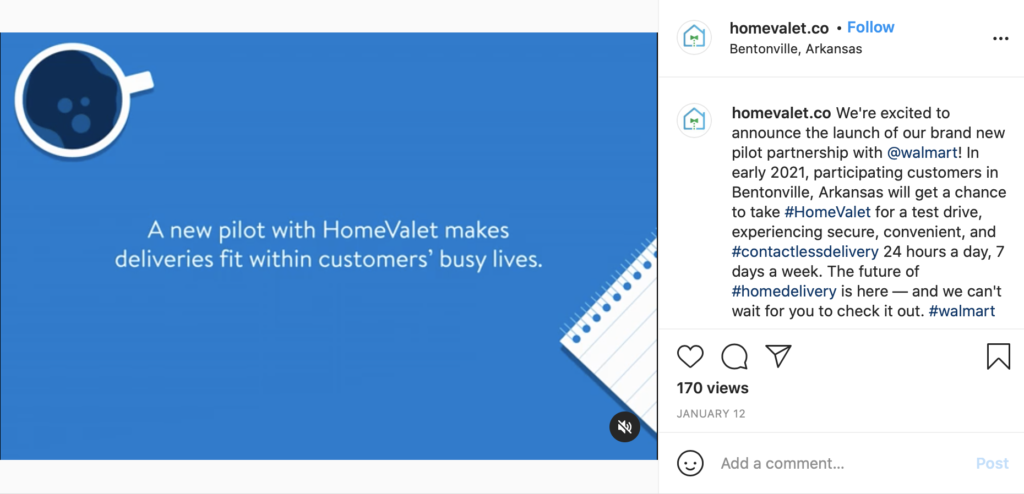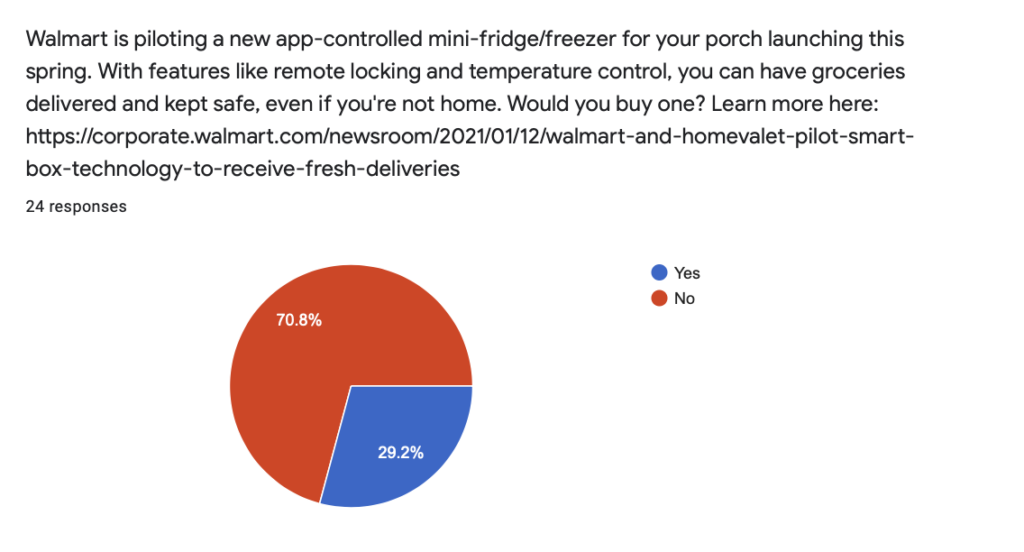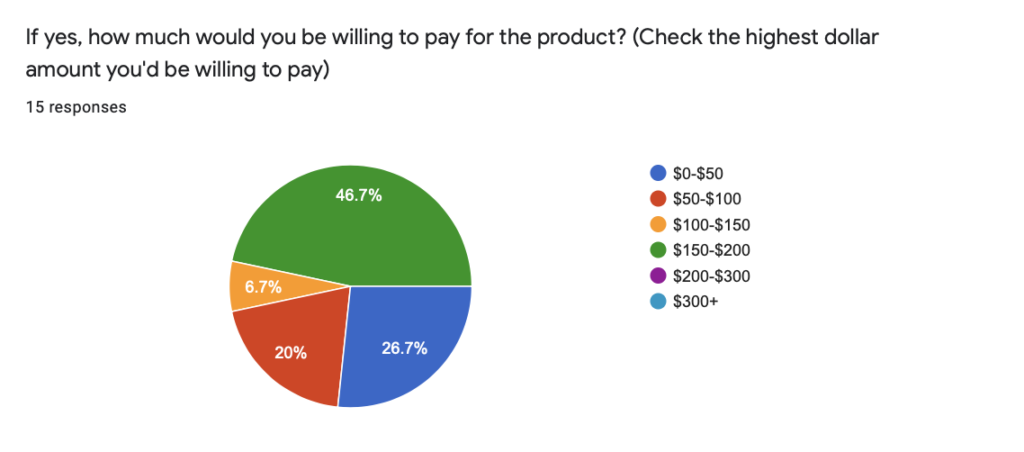The suspected budding relationship between Taylor Swift and Travis Kelce has become a major media moment. Whether you’re team “ Tayvis” or “Swelce” (or you remain unaffiliated), it’s almost impossible to escape the very real effects this speculated pairing is having on pop culture, whether romance is real or not. But what does this celebrity romance have to do with marketing? Well, hang on to your Eras tour T-shirts, because there’s more to this story than meets the eye.
Let’s explore how the “shipping” of Taylor Swift and Travis Kelce by both music and football fans alike has sparked newfound engagement within the NFL community and the lessons marketers and growth leaders can draw from this phenomenon. …Are you ready for it?
Electric Touch: The high-voltage power of unexpected partnerships
When marketing strategies get a little stale and your standard playbook starts gathering dust, a creative and unexpected partnership can be an effective way to shake it off. This is an approach Swift has deployed herself in collaborations with unlikely artists like Kendrick Lamar in “Bad Blood.” The media attention on Taylor Swift and Travis Kelce’s apparent joining of forces is a great reminder that successful marketing often involves unexpected partnerships and the value of being open to collaboration opportunities outside of our comfort zones.
The media attention on Taylor Swift and Travis Kelce’s apparent joining of forces is a great reminder that successful marketing often involves unexpected partnerships and the value of being open to collaboration opportunities outside of our comfort zones.
While the generated media attention is great for driving cross-audience awareness for Swift’s and Kelce’s respective personal brands, is there a more substantial quantitative impact behind the hype? Absolutely. Consider this: the NFL, a sports giant with massive brand awareness and a highly engaged core audience, is experiencing increased engagement from Taylor Swift fans because of her connection to Travis Kelce. In fact, the Chiefs vs. Bears game where a cheering Swift first caught the attention of viewers and sportscasters was the most watched game of the week with nearly 25 million viewers, including a 63% increase in female viewers aged 18 to 49, according to Roku. This unexpected alliance demonstrates that sometimes, the most fruitful partnerships come when you’re willing to break the ice and think outside the box.
Emotional Connection: How soulful and authentic storytelling hits different
When it comes to authentic storytelling and connecting with people on an emotional level, Taylor Swift could teach a master class. She’s poured her heart and soul into her music, sharing her life’s ups and downs through songs like “Love Story” and “All Too Well.” Her lyrics and melodies tap into the human experience, making listeners feel like she’s singing about their lives and her uncanny ability to connect with her fans on an emotional level has turned them into a community of loyal followers.
In marketing, it’s crucial to tell your brand’s story authentically. Customers connect with brands that share their values and experiences. Marketers can create emotional connections with their audience through storytelling, relatable content, or simply empathizing with their customers’ needs. Finding that end game of emotional engagement can make all the difference, so don’t be afraid to share your journey and be as fearless as Taylor when it comes to opening up to your audience.
Staying Relevant: ‘Tis the damn season for a reinvention
In marketing, adaptability is key. Both Taylor Swift and the NFL have showcased remarkable adaptability in reaching and engaging their expanding fan bases in the face of an ever-evolving digital landscape. From her country beginnings in Tim McGraw to her pop reinvention in 1989 and her indie-folk venture in folklore, one thing Taylor Swift is known for is her ability to adapt and evolve with the times. She’s consistently changed her style, not just to stay relevant to an evolving audience base but to reflect the evolution of her own identity as an artist and brand. She seamlessly transitioned from country to pop, experimenting with indie-folk, and all the while, leveraging digital platforms to release surprise albums and engage directly with her fans on social media. The result has been a resounding and quantifiable success.
For its part, the NFL has recognized and responded to the shifting media consumption habits of younger generations and embraced digital platforms to livestream games, share highlight reels, and interact with fans in real-time on social media. Travis Kelce specifically has showcased a remarkable ability to engage effectively with a digital-native audience, elevating his status as both a sports personality and a brand. Kelce’s active presence on platforms like Instagram, Twitter, and TikTok allows him to share behind-the-scenes glimpses of his life, showcase his unique personality, and connect with fans beyond the football field. And New Heights podcast with brother and Philadelphia Eagles center, Jason Kelce, has become a dynamic platform where the Kelce brothers engage with their fans on various topics, including sports, lifestyle, and personal experiences. By leveraging the podcasting medium, they’ve created a space for candid conversations, special guest appearances, and authentic storytelling, further solidifying their status as relatable sports figures in the eyes of their fans. The podcast serves as a prime example of how athletes can use modern digital channels to connect with their audience on a deeper level and bridged the gap between traditional sports and the digital age, appealing not only to sports enthusiasts but also to a younger, tech-savvy audience.
By adapting to the digital era and staying attuned to their fan bases’ preferences, Taylor Swift, Travis Kelce, and the NFL as a whole have proven that flexibility, digital prowess, and a willingness to reinvent are essential for sustained success in an ever-evolving digital marketing and entertainment landscape. And you must be ready to pivot and reinvent your strategies to keep up and you can’t be afraid to begin again when necessary.
Crossing Boundaries: Challenging the borders of audience and pop culture
Travis Kelce’s fanbase in the NFL is predominantly sports-oriented. Taylor Swift’s is music-focused. It might be easy to assume that those audiences are mutually exclusive, but they’re not. In fact, Tallwave Product Manager, Anna McKee, sits squarely in both camps. “I’ve been a Chiefs fan my entire life, and I’ve been a Taylor Swift fan since her career first launched. I’ve seen 5 Taylor Swift concerts—two at Arrowhead—and have owned Chiefs season tickets for the last 5 years. I’m right at the center of the Taylor and Travis Venn diagram.” Anna was at the fabled Chiefs vs. Bears game and experienced the phenomenon of this pairing firsthand and then had the experience of watching it from afar catching the Chiefs vs. Jets game a week later. “It was wild how clear the effect was between the two games but in totally different ways. Without the benefit of a TV broadcast to provide a birds’ eye view while I was physically at the Chiefs/Bears game, the conversation was about Taylor the entire time. Whether it was a question out loud or a text or a tweet, everyone wanted to know why she was there, who she was with, and whether it was a PR stunt. Regardless of the speculation, the general consensus with the women I was with was that we didn’t care, we were just excited she was there! Watching the Chiefs/Jets game a week later on TV, the broadcast kept cutting to her, which made it even more real and, in some ways, more exciting.”
“I’ve been a Chiefs fan my entire life, and I’ve been a Taylor Swift fan since her career first launched. I’ve seen 5 Taylor Swift concerts—two at Arrowhead—and have owned Chiefs season tickets for the last 5 years. I’m right at the center of the Taylor and Travis Venn diagram.”
Anna McKee, Tallwave product manager
The steep spike in NFL engagement among women suggests that the apparent relationship has bridged these two seemingly disparate communities, creating a fusion of interests. And Anna’s experience and those like her who are long-time fans of both found another reason to engage more deeply. If there’s one lesson here for marketers, it’s the power of tapping into multiple affinities where possible.
Staying Social: Be a trendsetter, a star
The sudden surge of engagement within the NFL community due to Taylor Swift’s involvement demonstrates the importance of monitoring and staying on top of trends, particularly when it comes to social media. And on that front, Taylor Swift is a force of nature. For example, when it comes to social following on Instagram, Swift’s following outpaces the NFL’s by an order of magnitude. She’s got 273 million, over 9 times the NFL’s 28 million. And Swift’s social power is translating to real gains for both the NFL and Travis Kelce.
While the NFL is still trying to find its footing on how to maximize its return on the Swift halo effect (posting references to Swift’s presence at the game and then subsequently removing them after receiving some backlash), there’s no question they’ve benefitted. As just one example, with the boon of content focused on Swift and Kelce as a pair, the NFL has seen record views on TikTok content. That halo effect has extended to Travis Kelce, too, helping him pick up 380k new Instagram followers and boosting his podcast into the top spot on Apple’s charts.
The surface lesson for marketers here is straightforward: an active and engaging social media presence on platforms like Twitter, Instagram, and TikTok can help you connect with your audience, share your story, and foster a sense of community. This is particularly beneficial for driving engagement with your audience outside of high-intent moments, which can add up to real value over time as it helps cement your brand in the minds of your audience. But there’s a deeper takeaway about the art of timing. As the saying goes, “timing is everything,” and the Taylor Swift-Travis Kelce relationship proves this point. Their romance coincided with the NFL season and Swift’s record-breaking Eras tour, leading to a perfect storm of increased engagement. This isn’t the kind of thing that’s easy to anticipate, but marketers recognize the brand-building value of this kind of rare serendipitous moment. The NFL did, too. While every move they’ve made to capitalize on that moment hasn’t necessarily been pitch perfect, they didn’t let perfect execution be the enemy of perfect timing, which is a valuable lesson in itself.
End Game: Summing up
In the ever-evolving marketing world, we can learn valuable lessons from unexpected sources, just like the budding relationship between Taylor Swift and Travis Kelce. Embrace unexpected partnerships, tell your brand’s story authentically, and leverage emotional connections to engage your audience, including in more casual interactions with your brand. Adaptability, engaging diverse audiences, and capitalizing on pop culture can open new doors for growth. And to complete your mastermind marketing strategy, don’t forget the role of social media, monitoring trends, and be ready to seize those rare and powerful serendipitous moments to propel your marketing efforts forward.
Whether you’re ready to see sparks fly between Taylor and Travis or you’ve got bad blood with this attention-grabbing romance, there’s something to be learned from this pop culture phenomenon. Let’s take these lessons to heart, just as we would with our favorite Taylor Swift songs, and create marketing strategies that create a lasting love affair with our audience.



